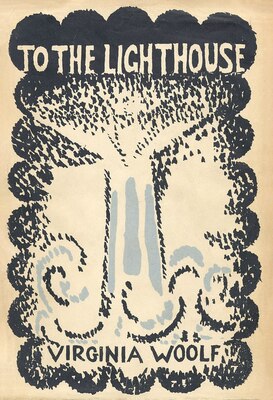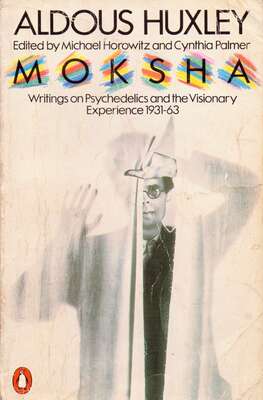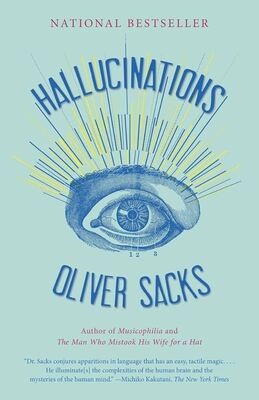
She could see it all so clearly, so commandingly, when she looked: it was when she took her brush in hand that the whole thing changed. It was in that moment’s flight between the picture and her canvas that the demons set on her who often brought her to the verge of tears and made this passage from conception to work as dreadful as any down a dark passage for a child. Such she often felt herself – struggling against terrific odds to maintain her courage; to say: ‘But this is what I see; this is what I see’, and so to clasp some miserable remnant of her vision to her breast, which a thousand forces did their best to pluck from her. And it was then too, in that chill and windy way, as she began to paint, that there forced themselves upon her other things, her own inadequacy, her insignificance, keeping house for her father off the Brompton Road, and had much ado to control her impulse to fling herself (thank Heaven she had always resisted so far) at Mrs. Ramsay’s knee and say to her – but what could one say to her? ‘I’m in love with you?’ No, that was not true. ‘I’m in love with this all’, waving her hand at the hedge, at the house, at the children? It was absurd, it was impossible. One could not say what one meant.
I saw what Guardi had seen and (with what incomparable skill) had so often rendered in his paintings—a stucco wall with a shadow slanting across it, blank but unforgettably beautiful, empty but charged with all the meaning and the mystery of existence. The revelation dawned and was gone again within a fraction of a second.
A smudge on the wall is an object of limitless fascination, multiplying in size, complexity, color. But more than that, one sees every relationship it has to the rest of the universe; it possesses, therefore, an endless variety of meanings, and one proceeds to entertain every possible thought there is to think about it.

